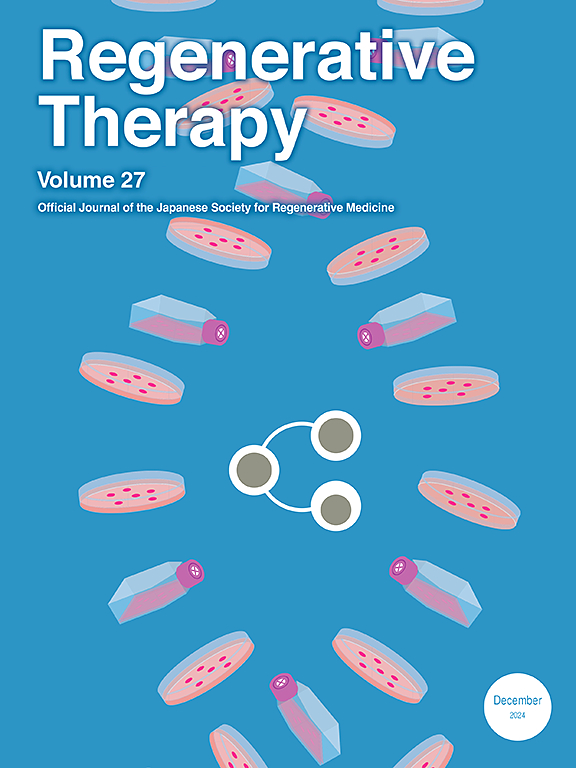Recent progress in the identification and in vitro culture of skin organoids
IF 3.4
3区 环境科学与生态学
Q3 CELL & TISSUE ENGINEERING
引用次数: 0
Abstract
An organoid is a cell-based structure that shows organ-specific properties and shares a similar spatial organization as the corresponding organ. Organoids possess powerful capability to reproduce the key functions of the associated organ structures, and their similarity to the organs makes them physiologically relevant systems. The primary challenge associated with the development of skin organoids is the complexity of the human skin architecture, which encompasses the epidermis and the dermis as well as accessory structures, including hair follicles, sweat glands, and sebaceous glands, that perform various functions such as thermoregulation. The ultimate objectives of developing skin organoids are to regenerate the complete skin structure in vitro and reconstruct the skin in vivo. Consequently, safety, reliability, and the fidelity of the tissue interfaces are key considerations in this process. For this purpose, the present article reviews the most recent advances in this field, focusing on the cell sources, culture methods, culture conditions, and biomarkers for identifying the structure and function of skin organoids developed in vitro or in vivo. The subsequent sections summarize the recent applications of skin organoids in related disease diagnosis and treatments, and discuss the future prospects of these organoids in terms of clinical applications. This review of skin organoids can provide an important foundation for studies on human skin development, disease modeling, and reconstructive surgery, with broad utility for promising future opportunities in both biomedical research and clinical practice.
求助全文
约1分钟内获得全文
求助全文
来源期刊

Regenerative Therapy
Engineering-Biomedical Engineering
CiteScore
6.00
自引率
2.30%
发文量
106
审稿时长
49 days
期刊介绍:
Regenerative Therapy is the official peer-reviewed online journal of the Japanese Society for Regenerative Medicine.
Regenerative Therapy is a multidisciplinary journal that publishes original articles and reviews of basic research, clinical translation, industrial development, and regulatory issues focusing on stem cell biology, tissue engineering, and regenerative medicine.
 求助内容:
求助内容: 应助结果提醒方式:
应助结果提醒方式:


